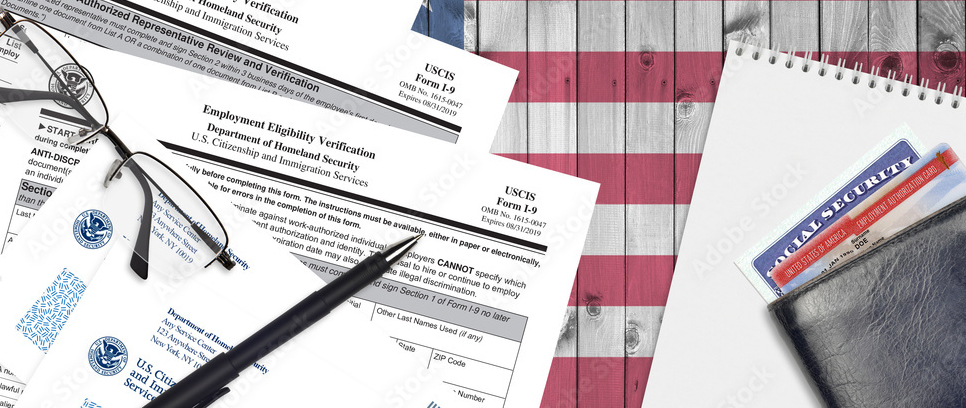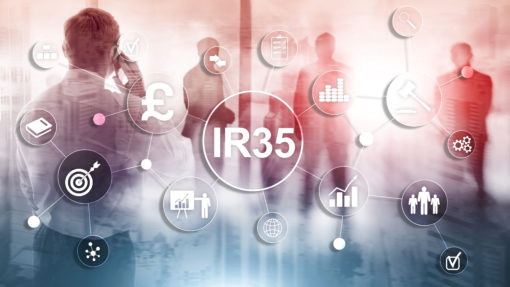The U.S. Citizenship and Immigration Services (USCIS) has released a new version of the I-9 form for employers to use. The previous version is usable until October 31, 2023, and then employers are required to use the revised form I-9.
WHAT’S CHANGED?
Some of the changes include:
- Sections 1 and 2 are now on a single page, helping to reduce the length of the I-9
- Preparer and/or Translator Certification piece has become a standalone supplement that can be used when necessary.
- Section 3, Reverification and Rehire, have also become a standalone supplement that employers can use when needed.
- There is now a checkbox allowing employers to indicate they examined Form I-9 documentation remotely under a newly authorized virtual procedure rather than via physical examination.
Allowing employers to inspect documents virtually has been a major development, especially with the increase in remote positions over the last several years. Employers who wish to inspect their new hire’s I-9 documents virtually are required to meet the following criteria:
- Have enrolled in E-Verify for all locations that would like to use the alternate procedure
- Be following all E-Verify program requirements, including verifying the employment eligibility of newly hired employees.
- Continue to be a participant in good standing in E-Verify at any time the employer uses remote verification.
Employers who are new to E-Verify must complete the E-Verify tutorial on the alternative procedure, which covers fraud awareness and anti-discrimination training. Once employers are eligible to begin the remote verification process, they must follow a strict set of rules to carry out that process. The employer may use a video call to remotely review a new hire’s documents and verify that they are authorized to work in the U.S. They can then compare those documents to the information entered by the new hire in Section 1 of the I-9. Employers are required to retain clear and legible documentation of all documents presented in the I-9 documentation process if they use remote verification.
If an employer uses remote verification, the alternative procedure must be consistently offered to all employees at a hiring site, with two exceptions. 1) Remote verification can be used only for remote employees and, 2) hybrid workers can be required to have in-person physical verification. Also, an employer must let employees have an in-person physical meeting if that is what they prefer.
Civil fines for I-9 violations will still be in effect for non-compliance, including non-compliance for the remote verification process. Further guidance is expected from USCIS on remote verification fines and penalties.
Please visit AccuPay’s website to view the updated I-9 form. For more information on new hire forms, be sure to review our recent PayDay, “New Hire Forms – what You Need to Know.”
ONBOARDING AND THE NEW I-9
AccuPay’s iSolved HCM utilizes an integrated online Onboarding feature, and has implemented the new I-9 form. New hires and employers can complete both sections of the I-9 digitally in compliance with the updated I-9 form, as well as document whether they have used the remote verification process. Contact Jessica Wiegmann, MLD, SHRM-CP at 317-885-7600 or jessica@accupay.com for more information on this feature within iSolved Onboarding.
This PayDay is for educational purposes only and does not constitute tax and/or legal advice. Any links to external resources are for educational purposes only. AccuPay is not affiliated with nor receives any renumeration from any outside sources. Please consult with your tax and/or legal advisor before applying any suggestions made here or through external links.




